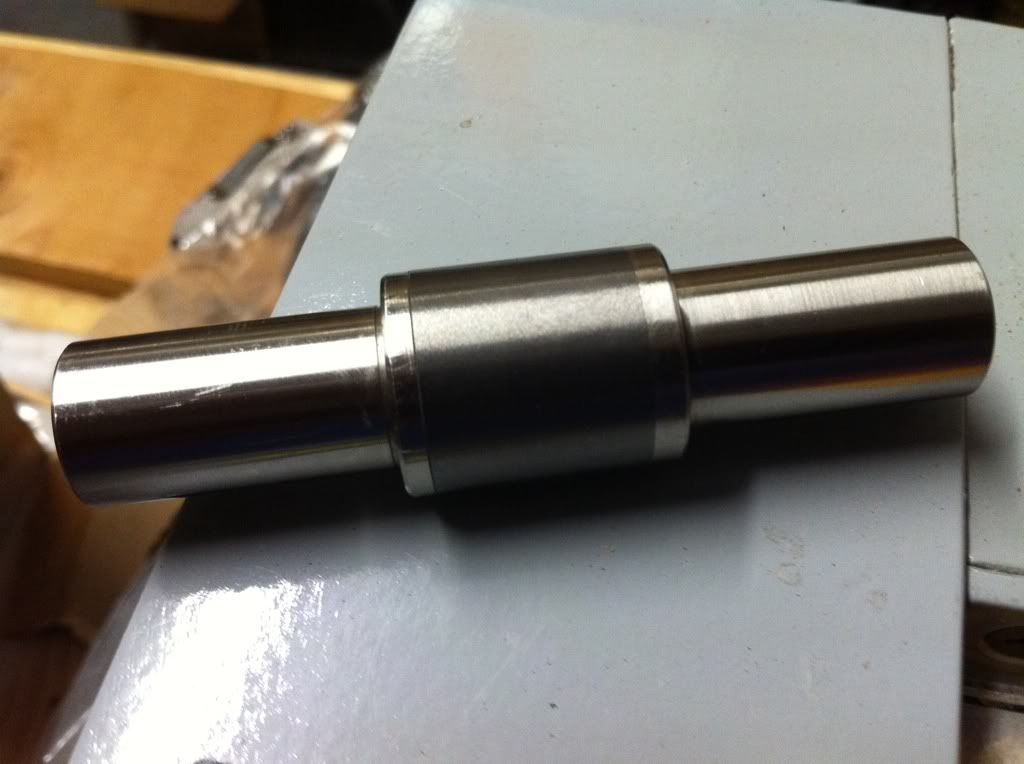Has anyone received the sanding mandrels that can give some feedback on what they got.
I received mine today and im concerned about them. In the past I would have steel mandrels made I would also have them hardened. I decided to try a set of the carbide ones out. The steel ones worked fine but would have to be replaced.
The mandrels I had made when screwed together would be a seamless fit.
I got home from work and the carbide mandrels arrived and when I took them out the first thing I noticed is a slight lip on one side of the mandrel. I have not had a chance to measure them or check them for run out due to the fact my shop is on the other side of town and I will not be there until the weekend.
I get home from work pretty late so I will not be able to contact Bassel until tomorrow but what I am wondering is with the carbide is this to be expected.
I would think if they grind them together the fit would be exact.
I am waiting as well. I was getting ready to order a set when I read this post. If I am going to have to rework them I might as well just make my own and save the money.
If you screw the 2 together and there is a lip, then something is off. When you sand your butt and shaft you would most likely have a lip as well. You might get lucky (or unlucky depending on how you look at it) and you hit the right point on the thread when connected and they mate correctly but sooner or later the error will show up. The worse would probably be to have the first couple cues mate perfectly then down the road you'd never think the mandrels were your problem.
Also, screwing the 2 together then grinding the outside dia. does not guarantee concentricity..... if the end you are holding is off center than both would be off center after grinding. Even if the mandrels mate up correctly they could still be off. You may not notice until after you connect the sanded butt and shaft.
I hope we get a couple people here to have them checked properly. You can do the simple chuck method I mentioned above but they really should be taken to the inspection department at a decent machine shop.
Oh, another way you can check that is a little more involved would be to take some scrap rounds, put male and female pins/joints into them, face off, put them on the mandrel and turn them to the same dia. with a lathe bit.
** The shanks on the mandrels would have to be running perfectly true. Screw the 2 pieces together and see if they mate correctly.
Then chuck up on the male and skim .010 off the face and check again.
** Again, this needs to be running perfectly true.
Do that in increments until you cover at least the entire length of 1 thread. For a 3/8-10 that would be 1 thread ever .100 so at least 10 checks (less if you skim more). For a 5/16-14 the thread distance would be only .071 so maybe skim a little less off the face each time. Then chuck up the female side and do the skims and checks again.
Hmmmm, seems easier to just take it to a machine shop and have them spin it on a CMM.
